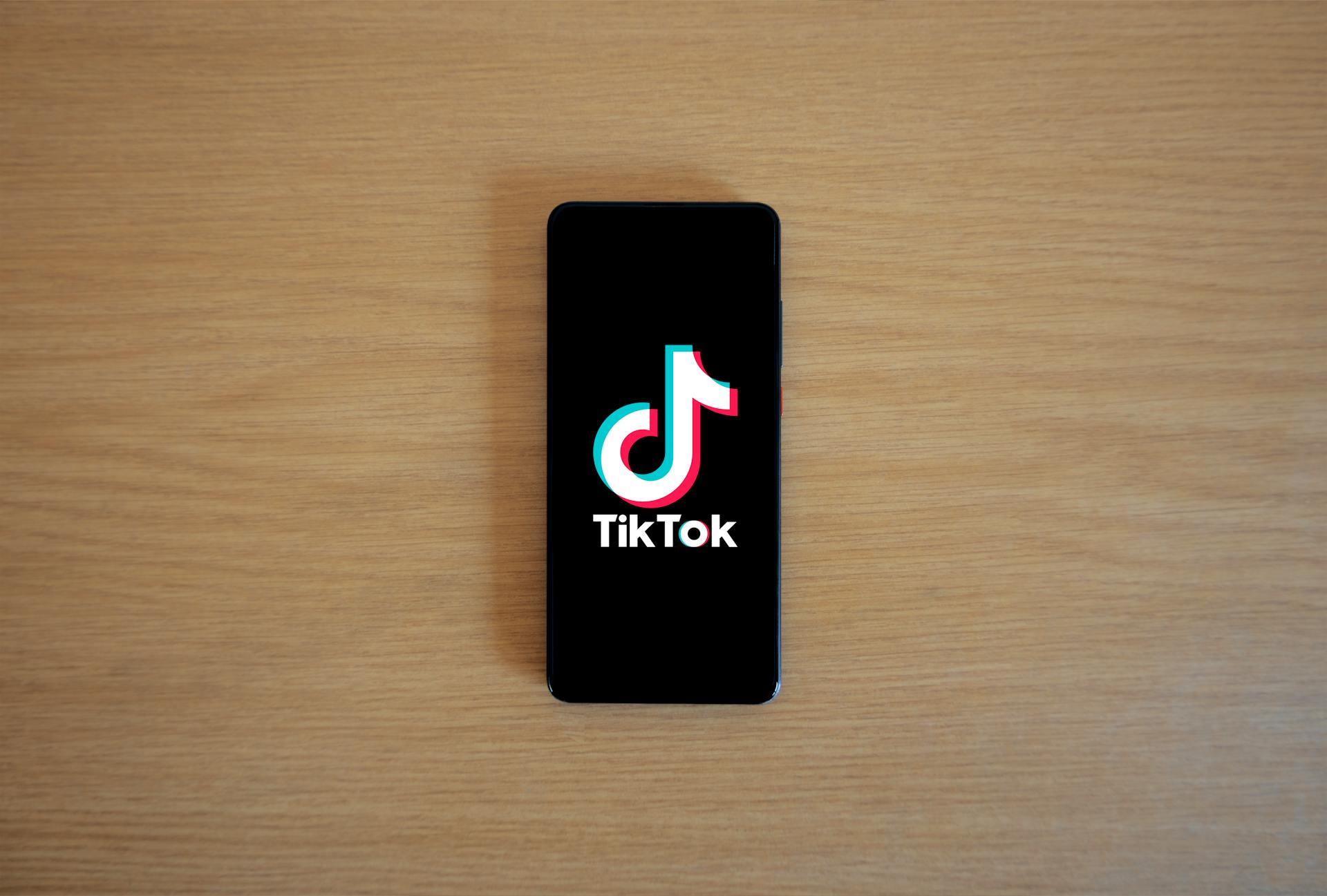Understand Sentiment Analysis
At its core, sentiment analysis seeks to understand emotion. When someone likes a video, it could mean happiness, agreement, or even sarcasm, depending on the context. TikTok uses algorithms that pair likes with other forms of engagement to refine interpretation. Comments often reveal tone. Viewing duration shows commitment. The combination ensures that a like is not misunderstood in isolation.
Beyond Numbers on a Screen

Counting likes tells only part of the story. Ten thousand hearts might signal popularity, but the context matters. Why did people like the video? Was it entertaining, relatable, or controversial? Sentiment analysis steps in to answer these questions. By examining patterns within likes alongside comments, shares, and watch time, TikTok extracts meaning from the metrics. It shifts data from mere quantity to quality.
Impacts for Creators and Brands
For creators, sentiment analysis shapes visibility. A video with strong positive signals will likely receive more exposure. For brands, the insights guide marketing decisions. By analyzing what audiences like and how they feel, campaigns can be adjusted to align with sentiment trends. This connection between simple hearts and commercial outcomes illustrates the growing importance of measuring social emotion at scale.
How TikTok Applies the Data

Once sentiment is decoded, TikTok applies it to improve the For You Page. If a cluster of users shows positive responses to a certain style of video, the system promotes similar content to wider audiences. The process happens quickly, sometimes within hours of upload. This is why fresh trends can explode so fast. Predictive models fueled by likes and emotional context drive the speed of virality.
The Unique Role of Likes
Among all engagement signals, likes remain unique. They require little effort, yet they offer a direct expression of preference. Unlike shares or comments, which demand time and thought, a like is immediate. This makes it a reliable input for sentiment analysis. Still, algorithms must account for nuance. A video might receive likes for reasons unrelated to content quality, such as loyalty to a creator. Balancing these factors is the utmost challenge for the system.
The Ethics of Analyzing Likes
Transforming likes into measurable data raises concerns. Users rarely think about how their taps are being analyzed. While TikTok emphasizes compliance and safeguards, questions remain. How much should platforms infer from interactions? Is it fair to use sentiment analysis to predict behavior? These issues highlight the need for transparency. Users deserve to understand how their data feeds into the systems that shape their experience.
Looking ahead, sentiment analysis will likely grow more sophisticated. Advances in artificial intelligence may enable algorithms to detect subtle emotional cues through text, audio, and even facial expressions in videos. Likes will remain an anchor, but they will be paired with richer signals. The goal is to refine predictions while maintaining trust. Striking that balance will define the future of engagement-driven platforms.

